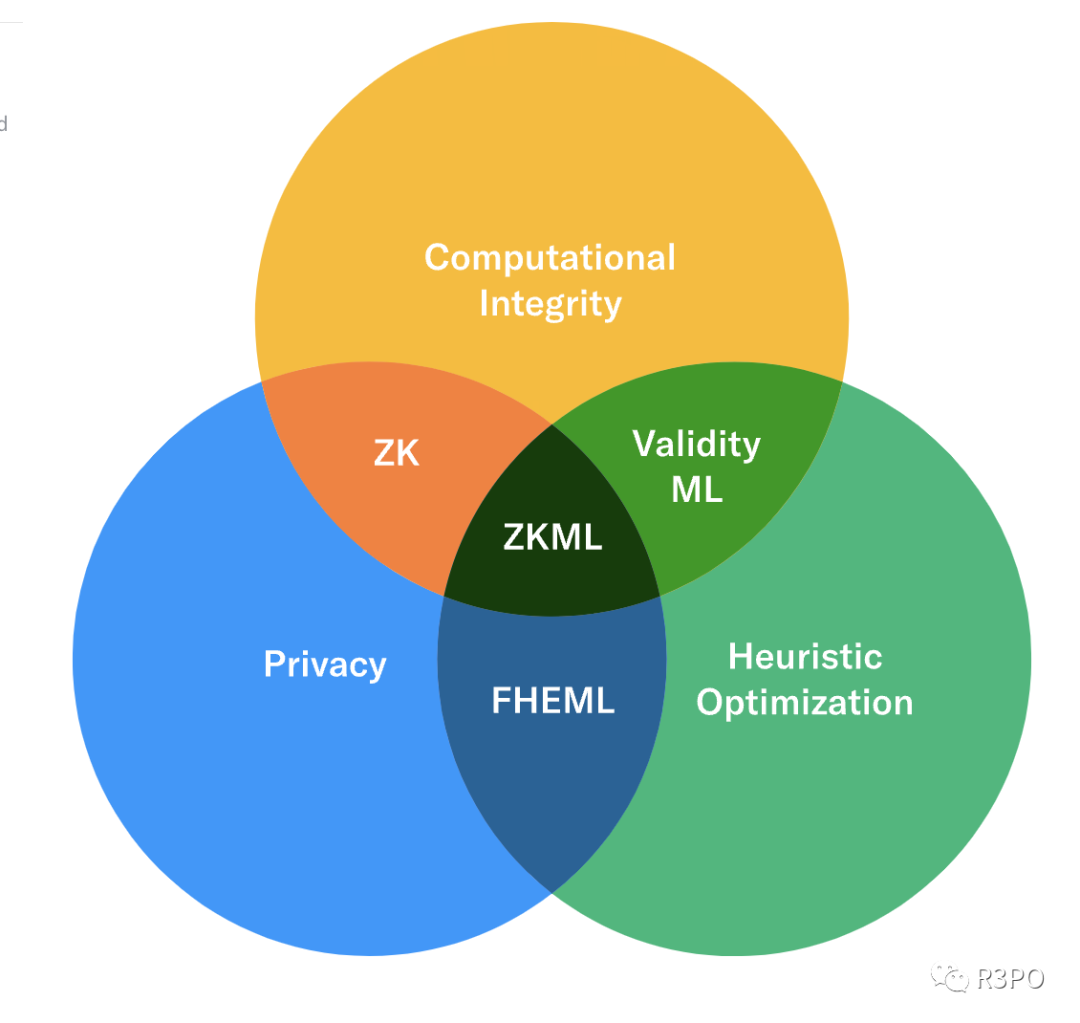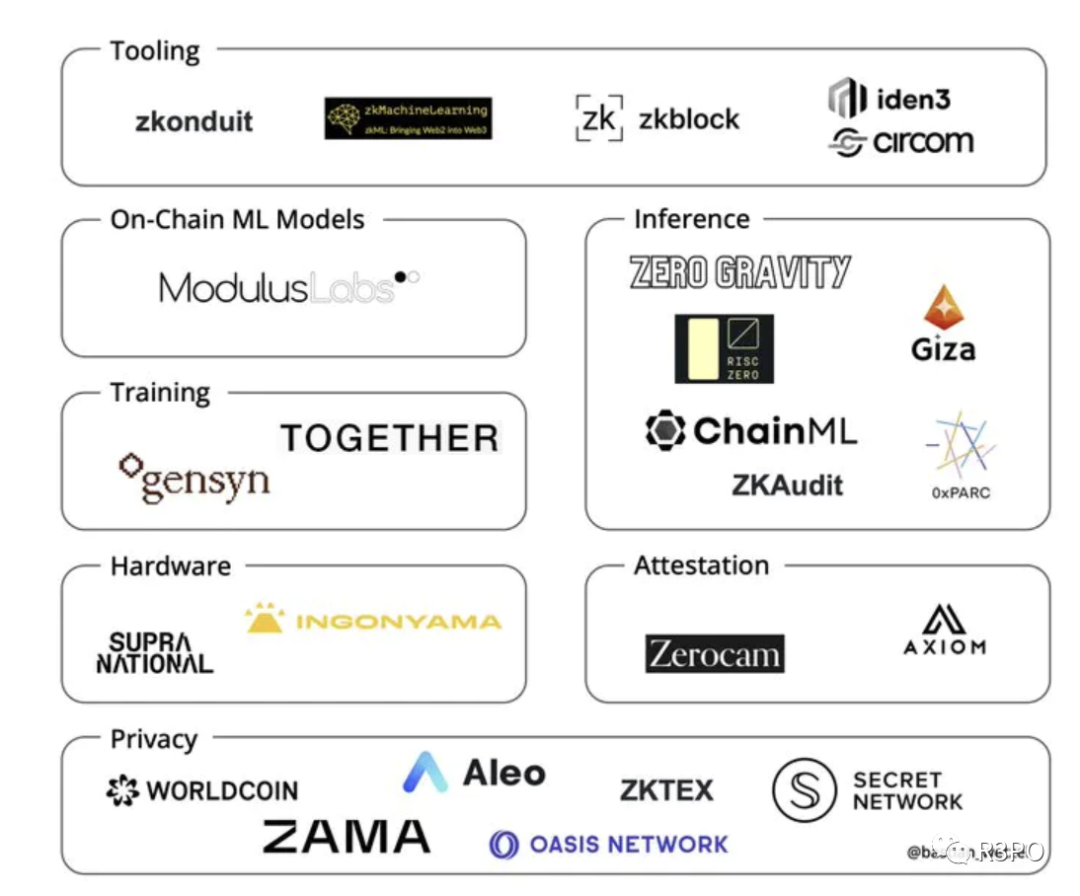Recently, Nvidia released its Q1 earnings report with revenue of $7.19 billion, exceeding the market’s expected $6.52 billion. The gross profit margin was 64.6%, and the adjusted earnings per share were $1.09, higher than the market’s expected $0.92. As Nvidia’s financial report exceeded expectations, chip stocks in the US stock market rose collectively after hours, with Nvidia’s stock price rising as much as 29.35%, reaching a historical high of $395, with a market value approaching “trillions”. The demand for AI chips far exceeded expectations, and Nvidia’s market value skyrocketed by $184 billion in a single trading day, exceeding the total market value of three bitcoins.
Nvidia CEO Jensen Huang mentioned the broad prospects of AI applications when releasing the earnings report, stating that the computer industry is undergoing two transformations at the same time-accelerated computing and generative AI. Enterprises are vying to apply generative AI to various products, services, and business processes. The already-installed global data centers worth trillions of dollars will shift from general computing to accelerated computing.
Currently, almost all top US dollar funds and institutions are closely watching the AIGC track, actively establishing selection and investment coordinates to quickly build a screening system, fearing that they will miss the train to the era. Relevant data shows that in the first quarter of 2023, the total financing amount of the global AIGC industry reached 3.811 billion yuan, and the total number of financing rounds was 17. The rise of one trend often represents the decline of another. People are gradually raising various questions about WEB3: “Capital is all looking at AI, WEB3 regulation is tightening, and the narrative is not good enough”, “AI seems more reliable than WEB3 and is more likely to produce unicorns.”
Since the dawn of human history, collective stories have been defining our culture and enriching our understanding of the world. The importance of narrative is self-evident. Nowadays, artificial intelligence narrative is gradually becoming popular and even penetrating into the WEB3 field. Industry insiders have begun to propose that “WEB3 without AI has no soul,” and more than half of WEB3 companies have begun to turn to AI. So, how will AI+WEB3 integrate? Recently, the emerging combination of ZKML narrative, which stems from zero-knowledge proofs and machine learning, has become popular. How will it work with artificial intelligence and WEB3 to establish a trustworthy and decentralized future?
1. AI needs WEB3, and vice versa
Michael Casey, Chief Content Officer of CoinDesk, said: “Treating cryptocurrency and artificial intelligence as unrelated technologies is a mistake. They complement each other and improve each other.”
Web3, cryptocurrencies, and blockchain have addressed the social challenge of preserving valuable information securely in a decentralized environment that has existed since the beginning of the internet. They address the issue of human trust in information by adopting new systems with distributed records and incentive mechanisms. These systems help communities composed of untrusted strangers collectively maintain open data records, enabling them to distribute and share valuable or sensitive information without intermediaries.
We are currently rapidly moving towards the age of full artificial intelligence, which brings with it significant challenges. These challenges cover multiple aspects, from protecting copyrights input into Large Language Models (LLMs) to avoiding biases and errors in their outputs, to the “liar’s dividend” that we cannot currently accurately distinguish between real content and fake information created by artificial intelligence. There is no simple solution to ensuring that humans are not negatively affected by artificial intelligence. No solution can rely on outdated 20th-century regulatory and technological frameworks to address these problems. We urgently need a decentralized governance system to address the challenges of how information is produced, verified, and shared in this new era.
Whether or not the current Web3 can provide the required solutions, blockchain technology has indeed played a role in addressing these issues. Immutable ledgers allow us to track the source of images and other content, preventing deep fakes. This technology can also be used to verify the integrity of datasets for machine learning artificial intelligence products. Cryptocurrencies provide a borderless digital payment method that can be used to reward people around the world who contribute to artificial intelligence training, such as projects like Bittensor, which is working to build tokenized blockchain-government communities to incentivize artificial intelligence developers to build models that are friendly to humans. In contrast, artificial intelligence systems owned by private companies typically place shareholder interests above user rights.
Before these ideas can be realized and scaled, we have a long way to go. We will need to integrate a range of other technologies, such as zero-knowledge proofs (ZK), homomorphic encryption, secure computation, digital identity and decentralized credentials (DID), and the internet of things. In addition, we will need to address challenges such as privacy protection, punishing bad behavior, encouraging user-centric innovation intelligence, and multi-party legislative regulation.
2. ZKML: Bridging AI and Blockchain
Recently, ZKML, a new combination of zero-knowledge proofs and machine learning, has been widely discussed. Currently, the deployment of machine learning (ML) is becoming increasingly complex. Many enterprises rely mainly on service providers such as Amazon, Google, and Microsoft to deploy complex machine learning models. However, these services are becoming increasingly difficult to audit and understand. As consumers of AI services, how can we trust the validity of the predictions provided by these models?
ZKML, as a bridge between artificial intelligence and blockchain, solves the problem of privacy protection for AI models and inputs, while ensuring the verifiability of the inference process. It provides a solution that allows public models to be used for verifying private data or private models to be used for verifying public data. By adding machine learning capabilities, smart contracts can become more autonomous and dynamic, allowing them to process real-time on-chain data rather than static rules. In this way, smart contracts will be more flexible and able to adapt to more scenarios, including those that may not have been anticipated when the contract was initially created.
Currently, one of the challenges with widely adopting machine learning algorithms on the blockchain is their high computational cost. Since millions of floating-point operations cannot be directly executed on the Ethereum Virtual Machine (EVM), running these models on-chain is a challenge. In addition, trust in machine learning models is also an obstacle, as the parameters and input datasets of models are usually private, and the algorithm and running process of the model are like an opaque “black box”, which may raise trust issues between the model owner and the model user. However, through ZKML technology, we can overcome these problems. ZKML allows anyone to run a model off-chain and generate a concise and verifiable proof that the model did indeed produce a specific result. This proof can be published on-chain and verified by smart contracts. This means that model users can verify the results of the model without knowing the specific parameters and running details of the model, thus solving the trust problem.

The above chart shows that ZKML technology has features such as computational integrity, heuristic optimization, and privacy protection. This technology has a wide range of applications in the Web3 field and is developing rapidly. More and more teams and individuals are joining this field, promoting the development of various ZKML projects with huge potential.
3. ZKML Project Analysis
The following are some potential ZKML projects.
1. Worldcoin
Worldcoin is applying ZKML in an attempt to establish a privacy-preserving proof-of-personhood protocol. World ID users will be able to self-store their biometrics (such as irises) in encrypted storage on their mobile device, download an ML model used to generate the IrisCode, and create a zero-knowledge proof locally, the received smart contract can prove that their IrisCode has been successfully created.
Then, it can be used to perform useful operations such as membership authentication and voting. They currently use a trusted execution environment with secure enclaves to verify iris scans signed by the camera, but their ultimate goal is to use ZKP to prove that the neural network correctly infers the encryption level security, and to ensure that the output of the ML model does not leak the user’s personal data.
2. Modulus Labs
Modulus Labs is one of the most diverse projects in the ZKML field, committed to related research while actively building on-chain AI application examples. Modulus Labs demonstrates the use cases of zkML through RockyBot (an on-chain trading robot) and Leela vs. the World (a game of chess where everyone competes against a verified instance of the Leela chess engine). The team also ventures into research and has written The Cost of Intelligence, benchmarking the speed and efficiency of various validation systems for models of different sizes.
3. Giza
Giza is a protocol that can deploy AI models on-chain in a completely trustless manner. The technology stack it uses includes ONNX format for machine learning models, Giza Transpiler to convert these models to Cairo program format, ONNX Cairo Runtime to execute models in a verifiable and deterministic manner, and Giza Model smart contract to deploy and execute on-chain models. Giza is essentially an on-chain compiler from machine learning models to proofs, providing an alternative path for the development of on-chain AI.
4. Zkaptcha
Zkaptcha focuses on robot problems in Web3, providing captcha services to smart contracts to protect them from robot attacks, using zero-knowledge proofs to create anti-witch attack smart contracts. Currently, the project generates a human work proof by completing a captcha by end-users, which is verified by on-chain validators and accessed by smart contracts through a few lines of code. In the future, Zkaptcha will inherit zkML and launch a Web 2-like captcha service, which can even analyze mouse movement and other behaviors to determine whether the user is human.

It seems that the zkML track is still in its early stages, but we have reason to believe that the power of zkML can bring a better future and development to crypto, and we also look forward to seeing more diverse products in this field. zk technology and crypto provide a secure and trusted environment for ML operations. In addition to product innovation, the future may also give rise to innovation in crypto business models. In this wild and anarchic Web 3 world, decentralization, crypto technology, and trust are fundamental infrastructures.
Conclusion
Establishing trust in an increasingly complex and uncertain digital world has always been the core challenge facing artificial intelligence and Web 3. However, combining artificial intelligence with Web 3 brings great hope for building a trusted and secure decentralized future. It is crucial for developers, technical experts, policymakers, and the entire society to jointly shape the future of artificial intelligence and Web3, and we may be able to create an era of unimaginable intelligent Internet.
Reference
https://worldcoin.org/blog/engineering/intro-to-zkml#motivation-and-current-efforts-in-zkml
https://github.com/worldcoin/awesome-zkml
https://www.coindesk.com/consensus-magazine/2023/05/19/why-web3-and-the-ai-internet-belong-together/
Like what you're reading? Subscribe to our top stories.
We will continue to update Gambling Chain; if you have any questions or suggestions, please contact us!